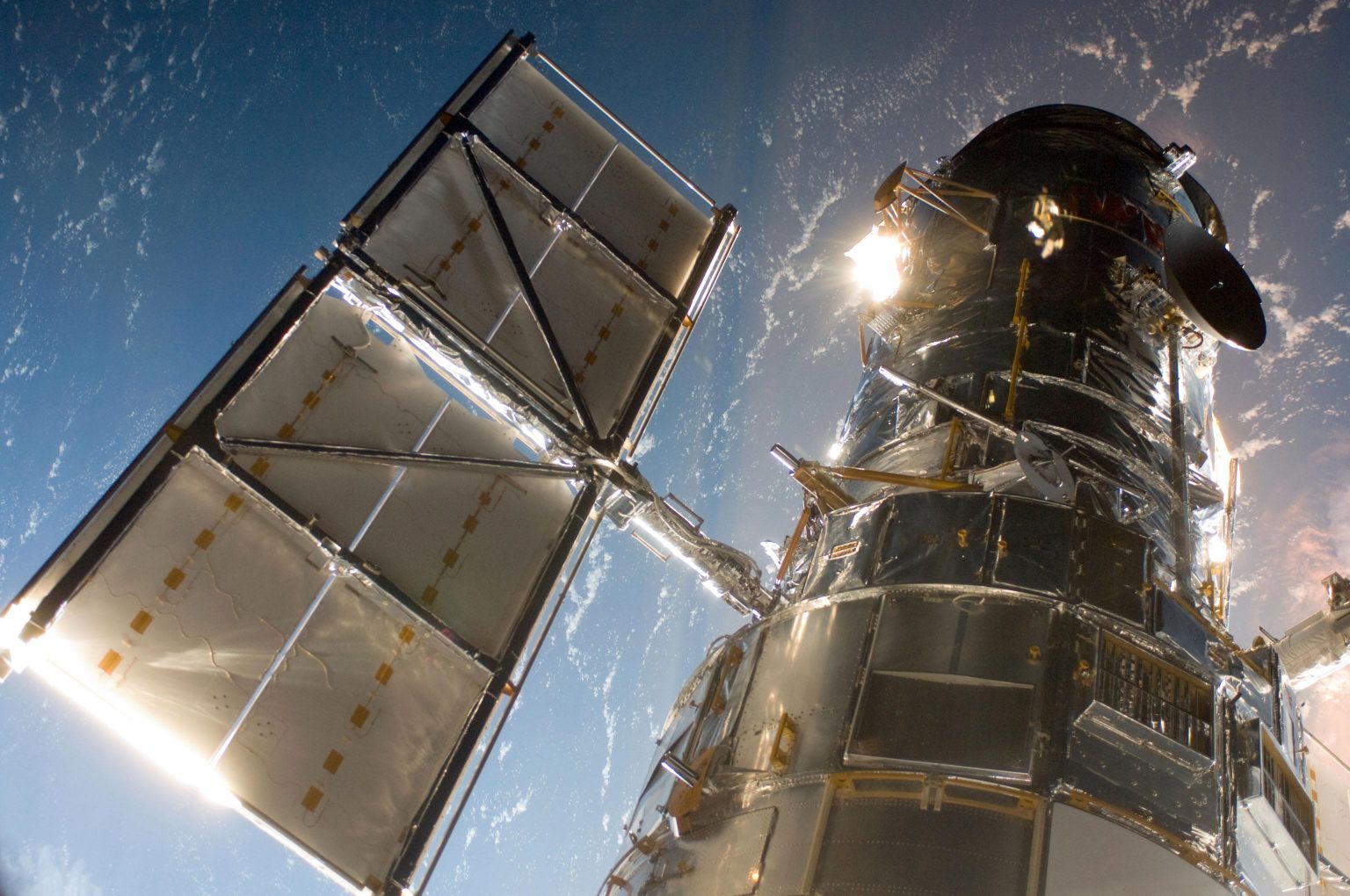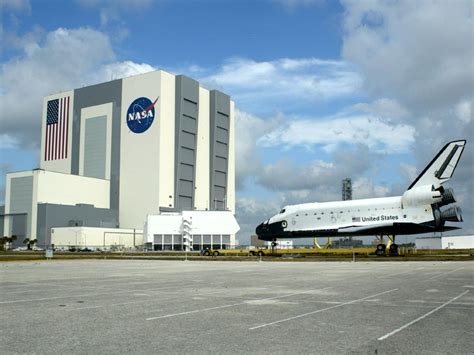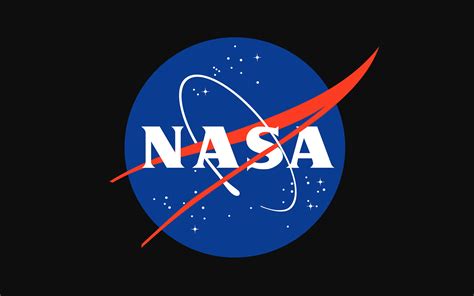As anyone with experience using computers and electronics will be able to say, there’s the initial installation, which can be challenging, and then there’s the maintenance, which initially may not be so tough, but which gets tougher and tougher as the equipment ages. Most eventually bite the bullet and replace.
Of course it’s easier to repair or replace such devices when they and you are both on planet Earth, which is only occasionally the case for an entity such as NASA. Much work must be done from afar, and even when hands-on work on space-dwelling gear is possible, it’s hard.

So when issues recently erupted – again – with the long-ago launched Hubble Space telescope, agency administrators can be excused for first praying that the problem was entirely on their end, so difficult would it become to deal with if not. Unfortunately, it looks as if their issues this time are “not”.
The computer at the source of the difficulties in question is a payload computer designated as the NASA Standard Spacecraft Computer-1 (NSSC-1) system, locate on the Hubble’s Science Instrument Command and Data Handling unit. Built in the 1980s, it exists to control the various science instruments on board and monitor their health and safety status.

It is, in a technical sense, a redundant computer since another exists in orbit around the earth to which NASA can switch in the event of such a problem. That computer, as well as the faulty one, operates from an array of four independent memory modules, each of which contains 64K of Complementary Metal-Oxide Semiconductor memory. Therefore, the problem has yet to create concrete consequences. So while Hubble’s stable, NASA hopes to ensure that it does not cease to be.
Issues began with the Hubble Space Telescope’s payload computer a week ago, on Sunday, June 13th. At that time, the computer entirely shut down. An effort was first made to restart the computer the following day. This effort, predicated on initial signs that a faulty computer memory module was to blame, failed.

The operations team next attempted to resolve the situation by switching to a backup memory module, only for the command to initialize it to fail to complete. Attempts were then made to garner more information from the computer in order to form a more accurate diagnosis, as well as to bring the memory modules online. Unhappily, each of those endeavors likewise failed, leaving the Hubble operations team still searching for answers. And unfortunately, Best Buy’s Geek Squad doesn’t yet make trips out there!
It is particularly hoped for that NASA’s ongoing repair efforts are ultimately- and soon- successful, because while the Hubble telescope has intermittently been the butt of ample jokes concerning its various breakdowns and occasional shortcomings, it has been invaluable in advancing our understanding of the universe through visual information gathering.

One of the greatest limitations of any Earth-bound telescope is that it must look into space through the obscurement of the Earth’s atmosphere. Being on the other side of that, the Hubble always has the potential to provide a truer picture of what exists outside of our planet. But on occasions such as this, we are reminded of the regrettable trade-off that we are forced to make in exchange for what it offers when it is functioning: the difficulty of repairing it when it isn’t.